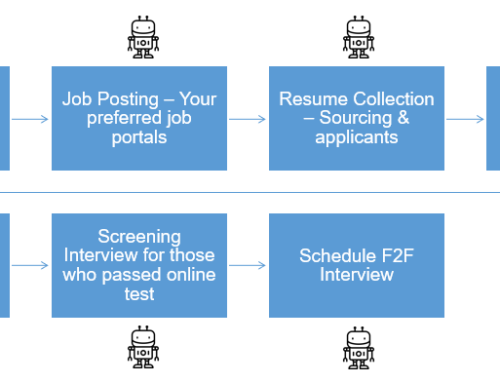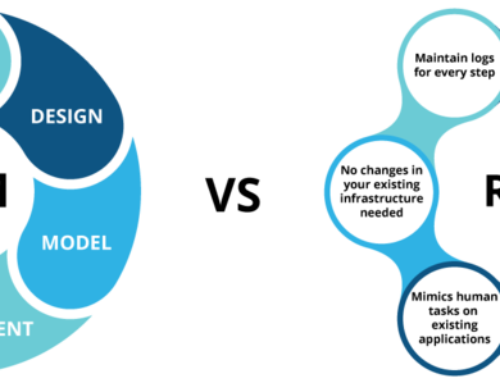Why RPA Projects Fail? – Part 1

While organizations are keen on climbing up the Artificial Intelligence ladder to transform the way operations run in today’s businesses, RPA has become the first and essential step that needs to be taken. Interest in RPA keeps on soaring but some are apprehensive of the new technology while some commit the mistake of not having complete clarity and jump into it right away. Hence several teams are unable to advance their abilities with regards to RPA and more often than not, are unable to get appropriate ROI too. So where do such organizations go wrong? Here, in this first article of our series: ‘Why RPA projects fail?’, we provide answers to this exact same question.
Problem Statement
Top management lack conviction in the transformation to automation
According to Everest Group Research report on Enterprise RPA Adoption, Vision and Strategy are two key differentiators between those enterprises who achieved superior business outcomes and those who didn’t.
As an expertise led RPA and AI product & service provider, we couldn’t agree more with this. We often come across middle management and business unit leaders who open up about the troubles and hurdles they are facing but are not really able to convince the top management about the capabilities of RPA to help them out. And those who are convinced and are fully aware of RPA’s impact, aren’t always willing to make automation their high priority. Even if some organizations do, they lack the conviction among the top management to go through with it.
Automation: Not a high priority yet?
HfS research from 2017 (figure below) shows that only 31% of the adopters have successfully integrated RPA in their organization while many are not able to scale the RPA initiatives beyond small use cases and proof of concepts.

Only 60% of the RPA customers are either somewhat or quite satisfied with it; while the rest are barely or are not satisfied, according to another HfS research report.
One major reason for that is the lack of a robust automation vision & strategy, which comes mainly under the purview of the top management. What is lacking is a broader strategy to incorporate automation and streamlining of the work. Such attitude is hurting companies’ plans to take up automation and really upscale it to their benefit. It has to be integrated into the overall business plan and yet such an approach has not been implemented by a lot of organizations.
Mavenick’s Solution
Need of Tactical Clarity
People, processes, analytics tools, SaaS platforms, outsourcing models, and carefully developed governance, all of these must be taken into account as part of the broader transformation plan. At the same time, the top management cannot define the strategy in a vacuum. Hence it is imperative that the top management is fed with a robust business case. The benefits of RPA like ROI, cost saving, quick time to value, scalability and high quality operations delivery should be put in the business context. It should be ensured that there is tactical clarity in the transformation business case with the focus on the ‘HOW’ part highlighting the accountability, decision making structure, high level plan and milestones. There will be quite a few change management issues faced, hence the business case should address all these key operational changes and should strategize to solve them using RPA.
DO NOT Jump the Gun
It is a no-brainer to say that there is an immense cost pressure on organizations today due to steep competition. RPA could offer a sustainable solution and also a step closer to the future. Thus, it is important not to jump into RPA right away. First figure out whether it has the potential to deliver what it promises for your particular business case. Developing a deeper understanding of this emerging tech should be made a priority.
Starting the RPA initiatives without the help of experts can prove to be a major hurdle. Hence it is critical to get on board with a service provider who shares your vision and can help you in this journey. The expertise of the provider would be essential in sizing up the automation strategy and expand further in other processes as well.
Conclusion
In order to reduce the cost and improve the quality and make it sustainable over a period of time, a collaborative effort is all important, with the C-suite on board and pro-active service providers at work, along-side your team.
ASK US QUESTIONS
Do you have any views or questions?
Categories
RPA, Human Evolution, Automation, Insourcing, Outsourcing, Reverse Outsourcing, Industrial Revolutions, Industrial Revolution, Jobs of Future, Skills of future



